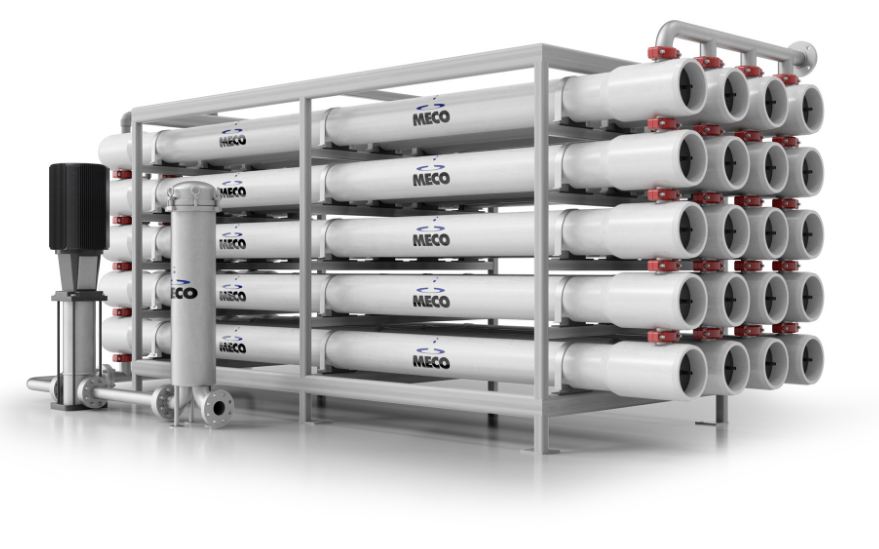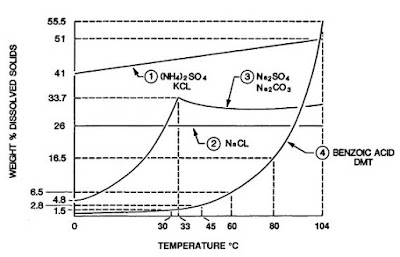Design Calculation Of An Reverse Osmosis (RO) Module

Reverse osmosis is the most important technique of desalination of brackish (1000-5000 ppm salt) or sea water (about 35,000 ppm or 3.5% salt). Its potential was identified in the 1950s. But commercial exploitation was not possible until the 1960s. The development of high flux asymmetric cellulose acetate membrane by the phase inversion technique of Lobe and Sourirajan (1963) opened up commercial exploitation of this very important strategy of desalination. Currently, over 12,500 industrial scale desalination plants are operating worldwide with an average production rate of about 23 million cubic meter per day of potable water (less than 200 TDS). The largest sea water desalination plant is in Jeddah, Saudi Arabia, having a capacity of 56,800 cubic meter per day of potable water. Problem Statement And Given Data: It is required to design an reverse osmosis (RO) module for production of 1500 m 3 /day potable water containing not more than 250 ppm salt fro




